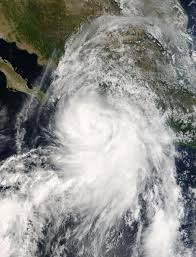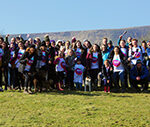Packing sustained winds of up to 130 miles per hour, Lane could trigger flash floods and landslides, the National Weather Service (NWS) said.
It has been reported that more than 30 inches could fall in some places.
“Preparations to protect life and property should be rushed to completion,” the NWS Central Pacific Hurricane Center in Honolulu said in an advisory.
The NWS also warned of “very large and damaging surf” along exposed west- and south-facing shorelines, likely leading to significant coastal erosion.
All public schools, University of Hawaii campuses and nonessential government offices on the islands of Oahu and Kauai will be closed for at least two days starting on Thursday, Ige said on Wednesday.
Long lines of cars formed at gasoline stations in Honolulu and people pulled small boats from the water ahead of the expected storm surge. US Navy ships and submarines based in Hawaii were instructed to leave port, a common practice when a hurricane approaches to avoid damage.
Since Hurricane Maria devastated Puerto Rico last year, the Federal Emergency Management Agency (FEMA) has made changes to how it works, Administrator Brock Long said on Thursday.
“It’s not just providing food and water. If you fix the power first you solve 90 percent of the problems,” Long said, adding that FEMA was focused on food and shelter, health and medical, power and fuel, communications, transport, and hazardous waste.
“We’re reorganizing the fire power of the federal government under these critical life lines and we’re pushing forward,” he said.
The most powerful hurricane on record to hit Hawaii was Category 4 Iniki, which made landfall on Kauai island on Sept. 11, 1992, according to the National Oceanic and Atmospheric Administration. It killed six people and damaged or destroyed more than 14,000 homes.
> Maria Baeva












